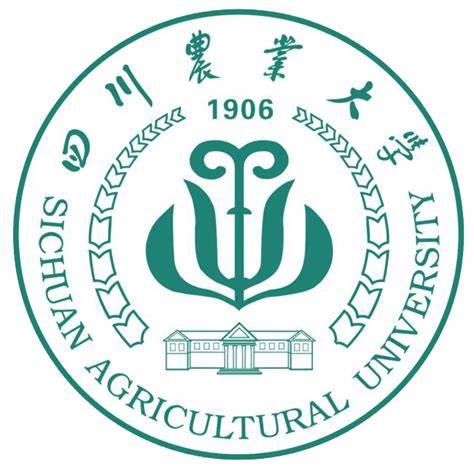Development and characterization of small translocations between the Pm13 introgression from Aegilops longissima and wheat homoeologous A, B and D chromosomes
作者: 刁圣轩 审稿人:魏育明 时间: 2025-02-27 点击次数:次
https://bmcplantbiol.biomedcentral.com/articles/10.1186/s12870-025-06167-9
BMC Plant Biology, volume25, Article number:179(2025)
Shunzong Ning,Xiyou Wang,Chunfang Ma,Jia Liao,Fahui Ye,Shengke Li,Chaolan Fan,Qingshan Cui,Xinfeng Wang,Deguo Song,Ming Hao,Lianquan Zhang,Lin Huang,Xuejiao Chen,Zhongwei Yuan,Bo Jiang,Wenjie Chen&Dengcai Liu
Abstract
Background
Wild relatives have substantial impacts on the resistance of wheat to biotic and abiotic stresses. The genetic diversity of these wild varieties can be employed to widen the wheat gene pool by introducing wild allele introgression and genome structure variations. The powdery mildew resistance genePm13was derived from the wheat wild relative speciesAegilops longissima(S1S1, 2n = 2x = 14) and was transferred into wheat chromosome 3BS over 30 years. Until recently, it has not been widely used in wheat breeding, possibly because of the linkage drag associated withPm13introgression or poor alien segment compensation to 3BS.
Results
In this study, translocations between thePm13introgression and wheat homoeologous A, B and D chromosomes were developed by using a wheatph1bmutant. The 3Sl(3B) substitution line was hybridized with the CS nullisomic-tetrasomic line N3AT3B, and then F1was hybridized with theCSph1bmutant. Individuals homozygous for theph1bmutant carrying the alien chromosome 3Slwere identified from the segregating populations via molecular markers and cytological analysis. Whole-arm recombinant translocations T3SlS.3AL and T3SlS.3BL and small recombinant translocations T3SlS-3AS.3AL, T3SlS-3BS.3BL and T3DS-3SlS-3DS.3DL carryingPm13introgression were subsequently identified via molecular cytological analysis. Furthermore, 4 disomic T3SlS-3BS.3BL recombinants carrying the homozygousPm13introgression were identified. All the translocations were nearly immune to powdery mildew.
Conclusions
Our results provide novel alien homoeologousPm13translocations for improving powdery mildew resistance in wheat and insights into the interactions between different wheat genomes and alien chromosome segments.


